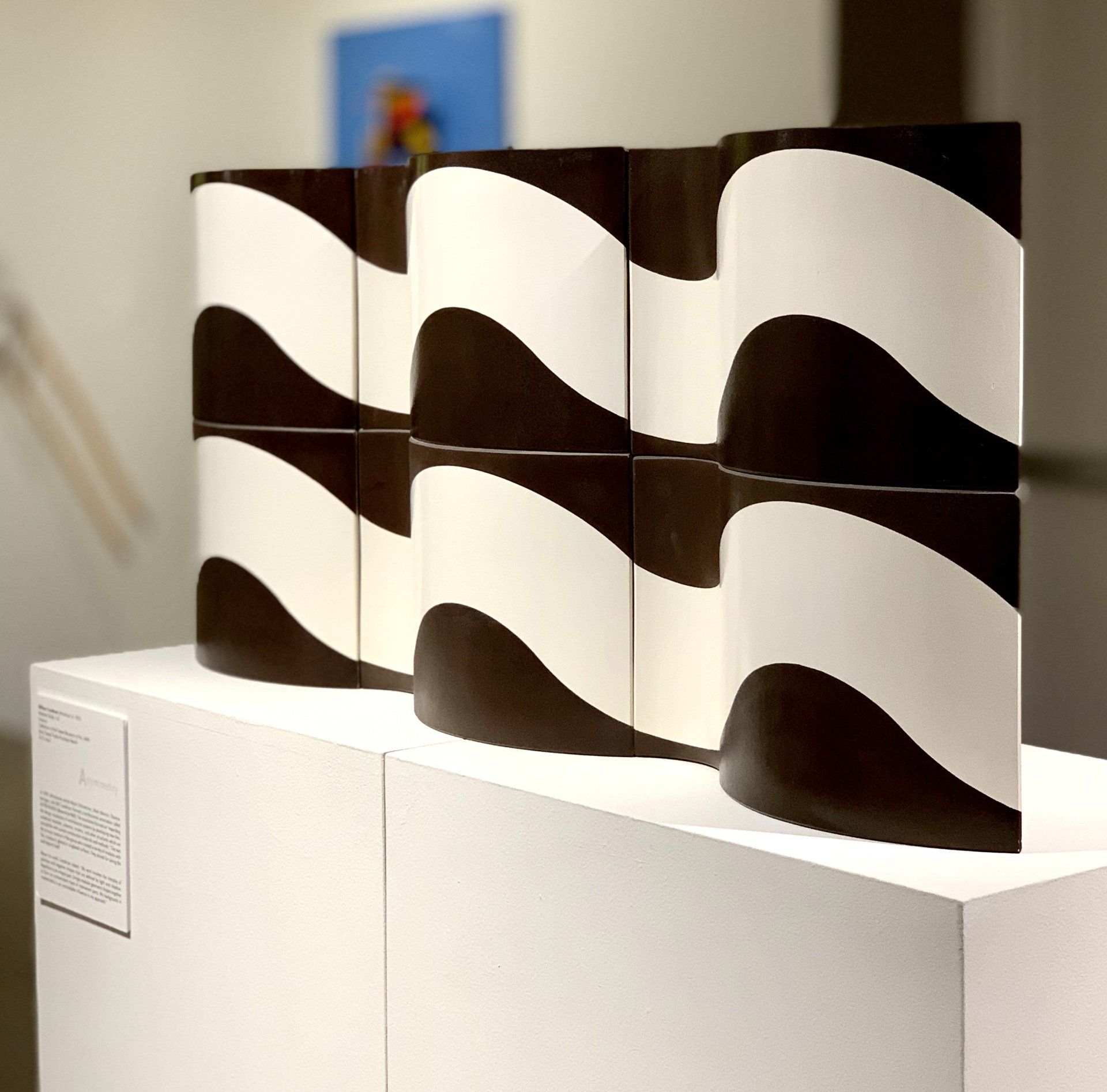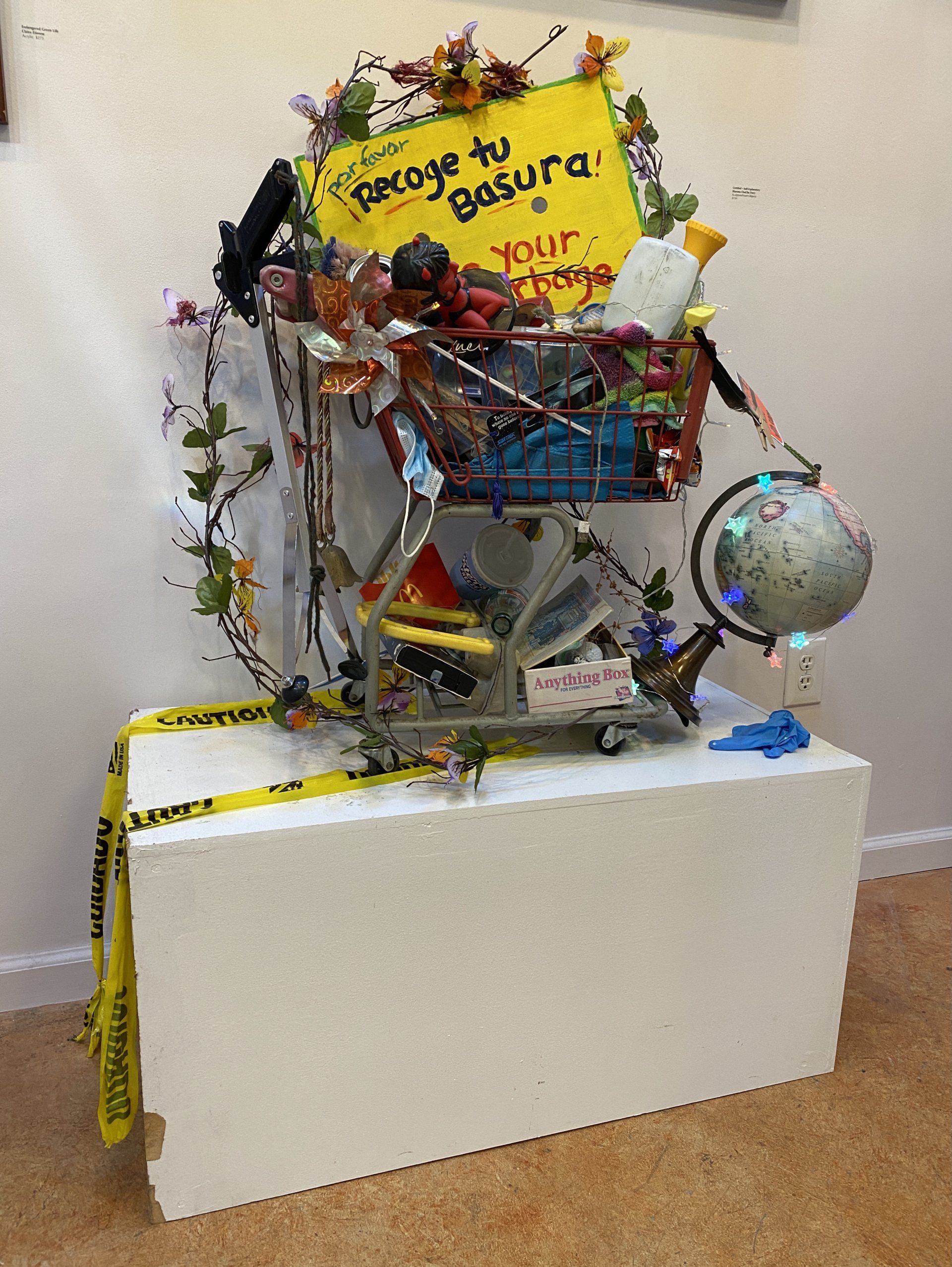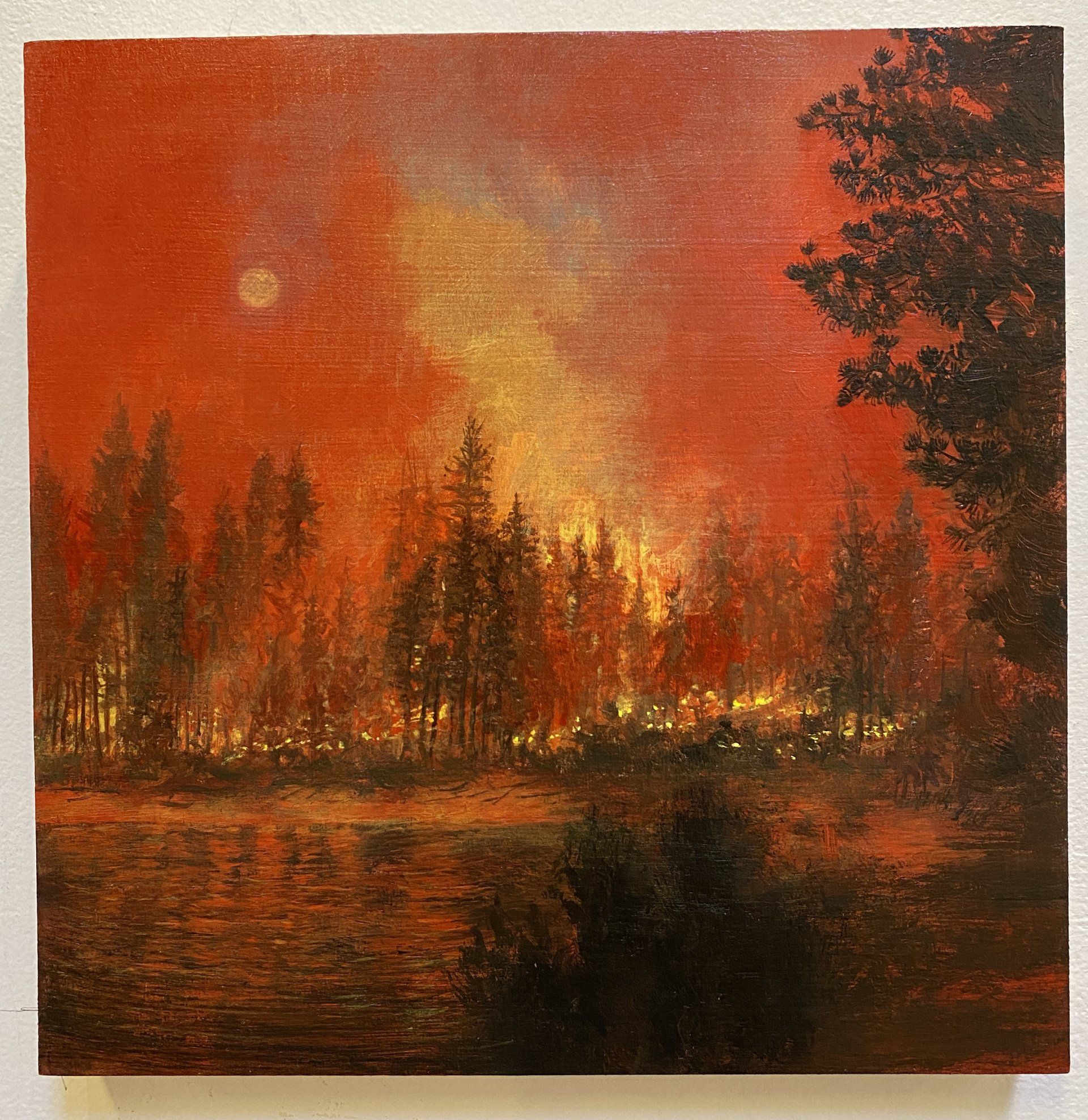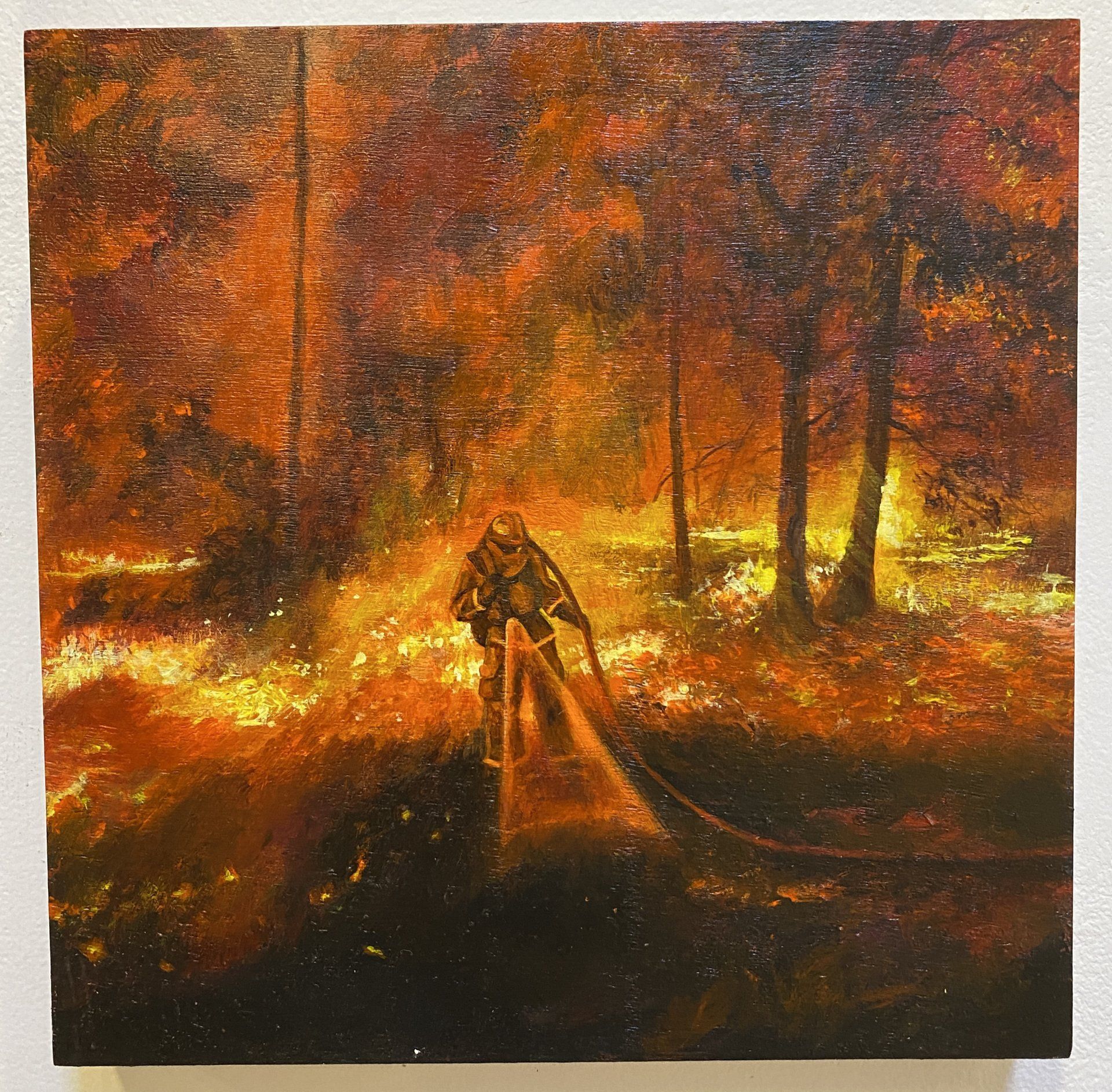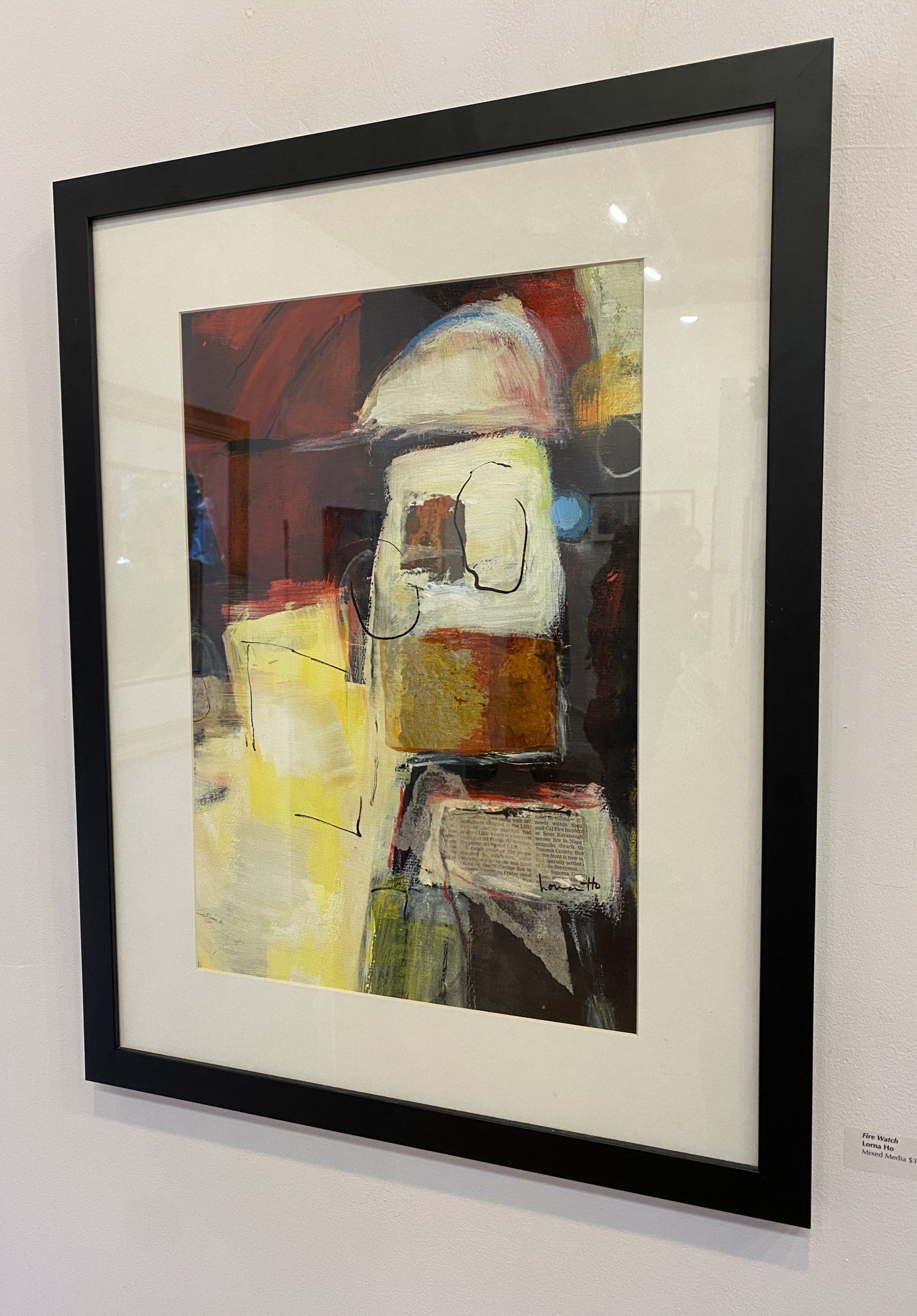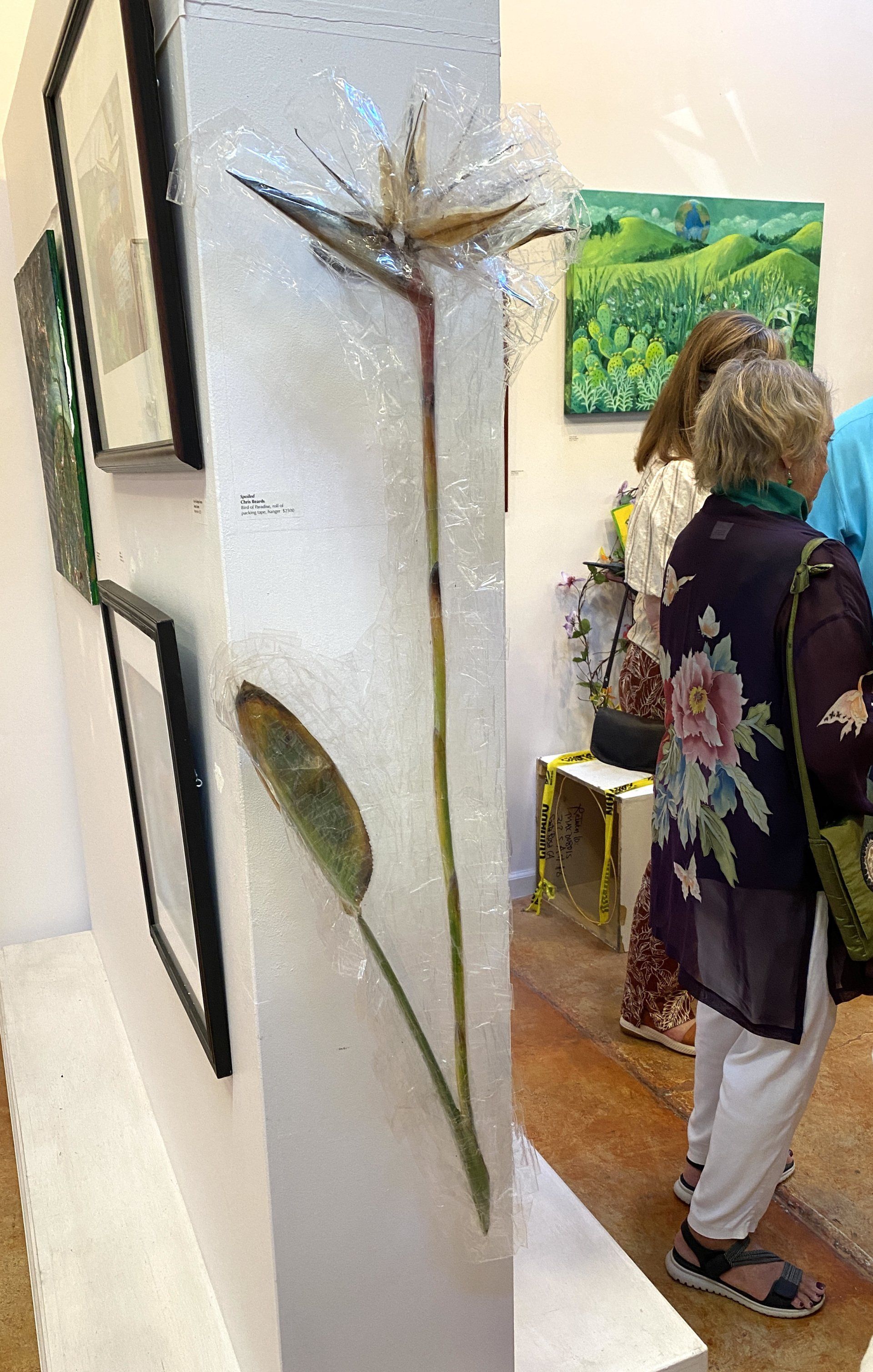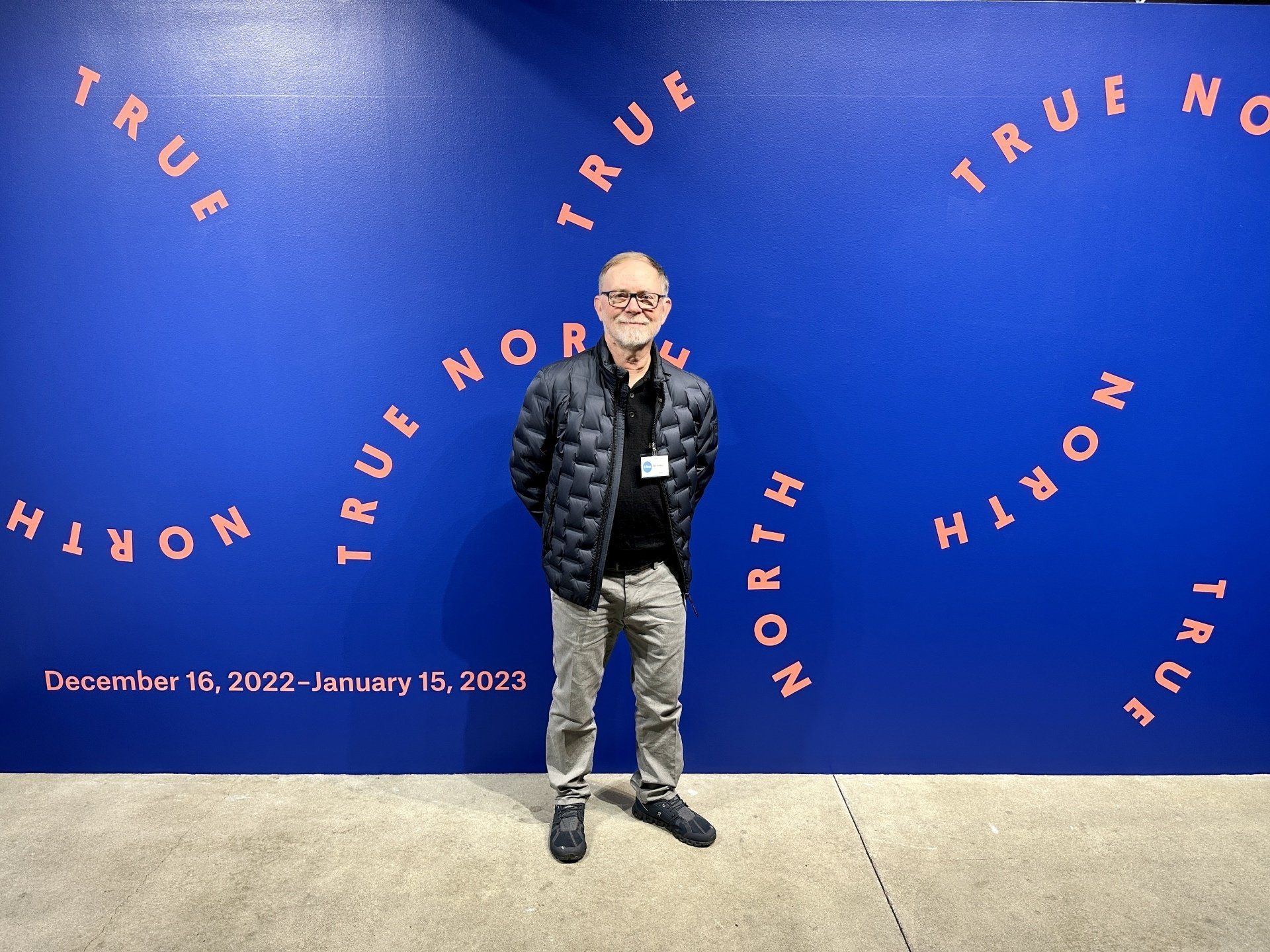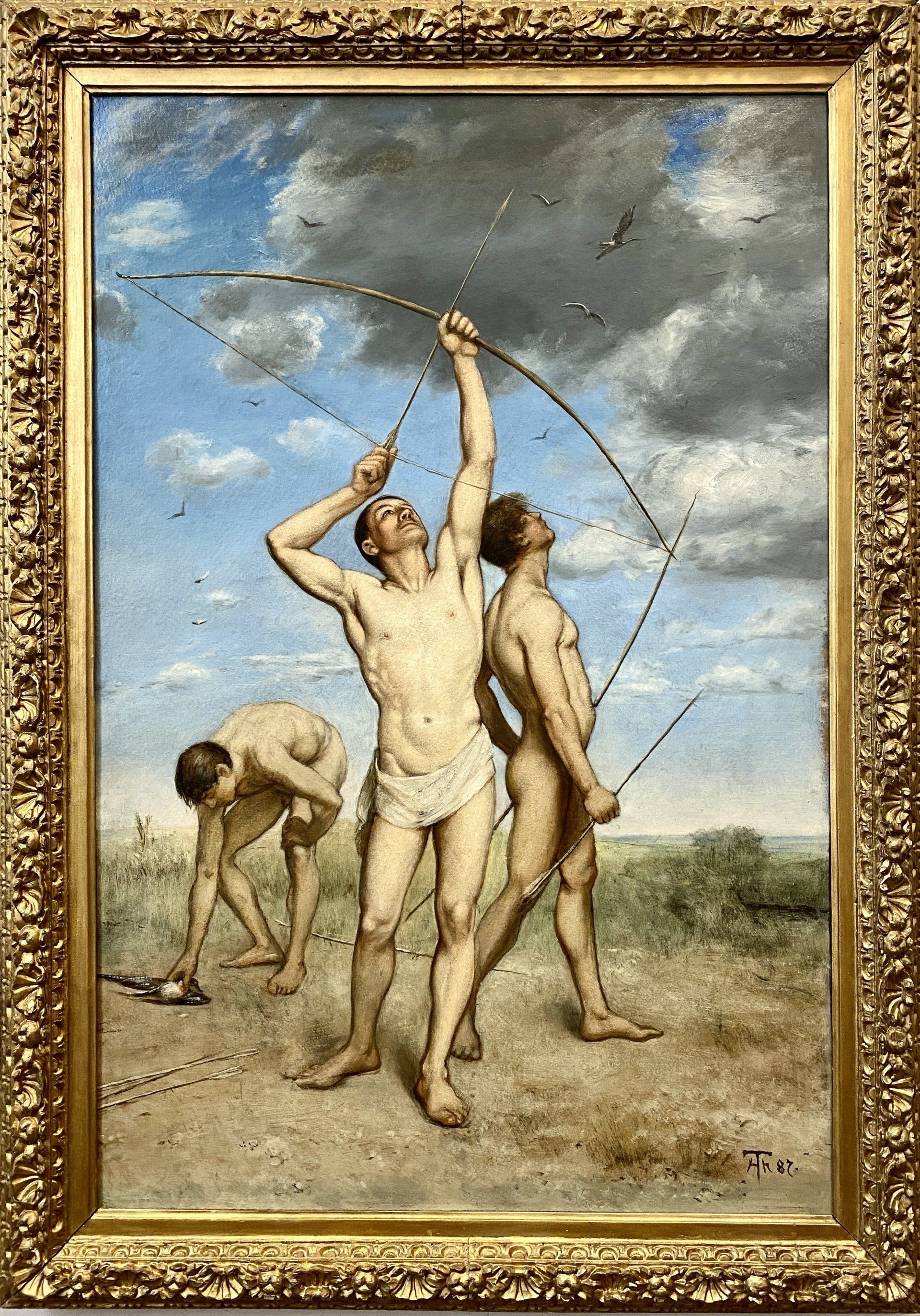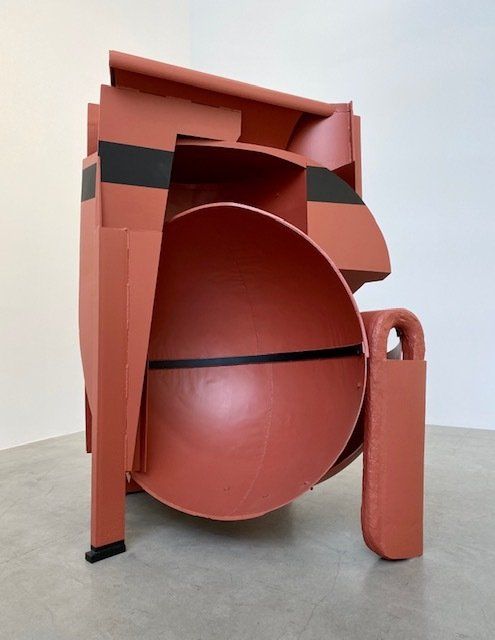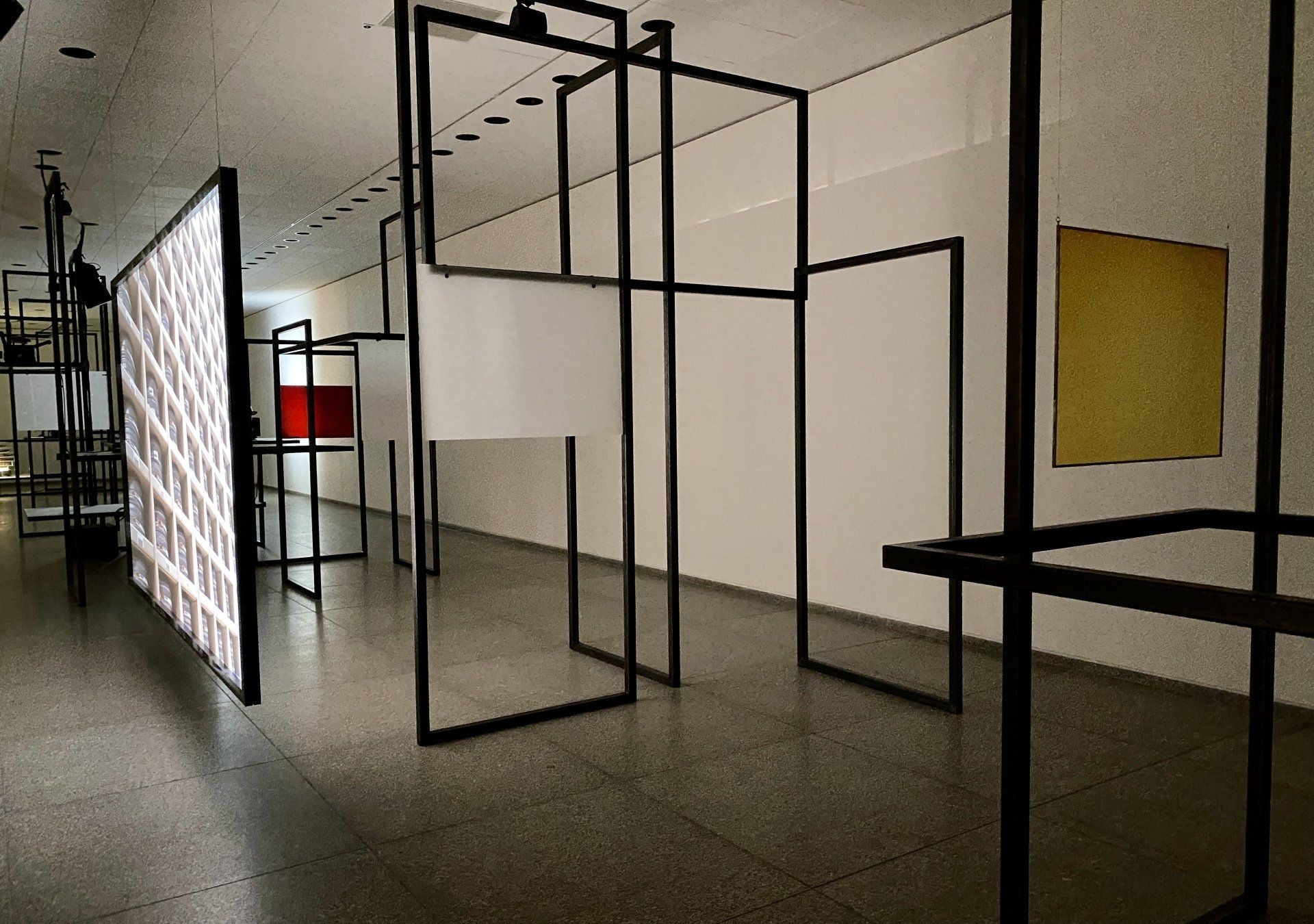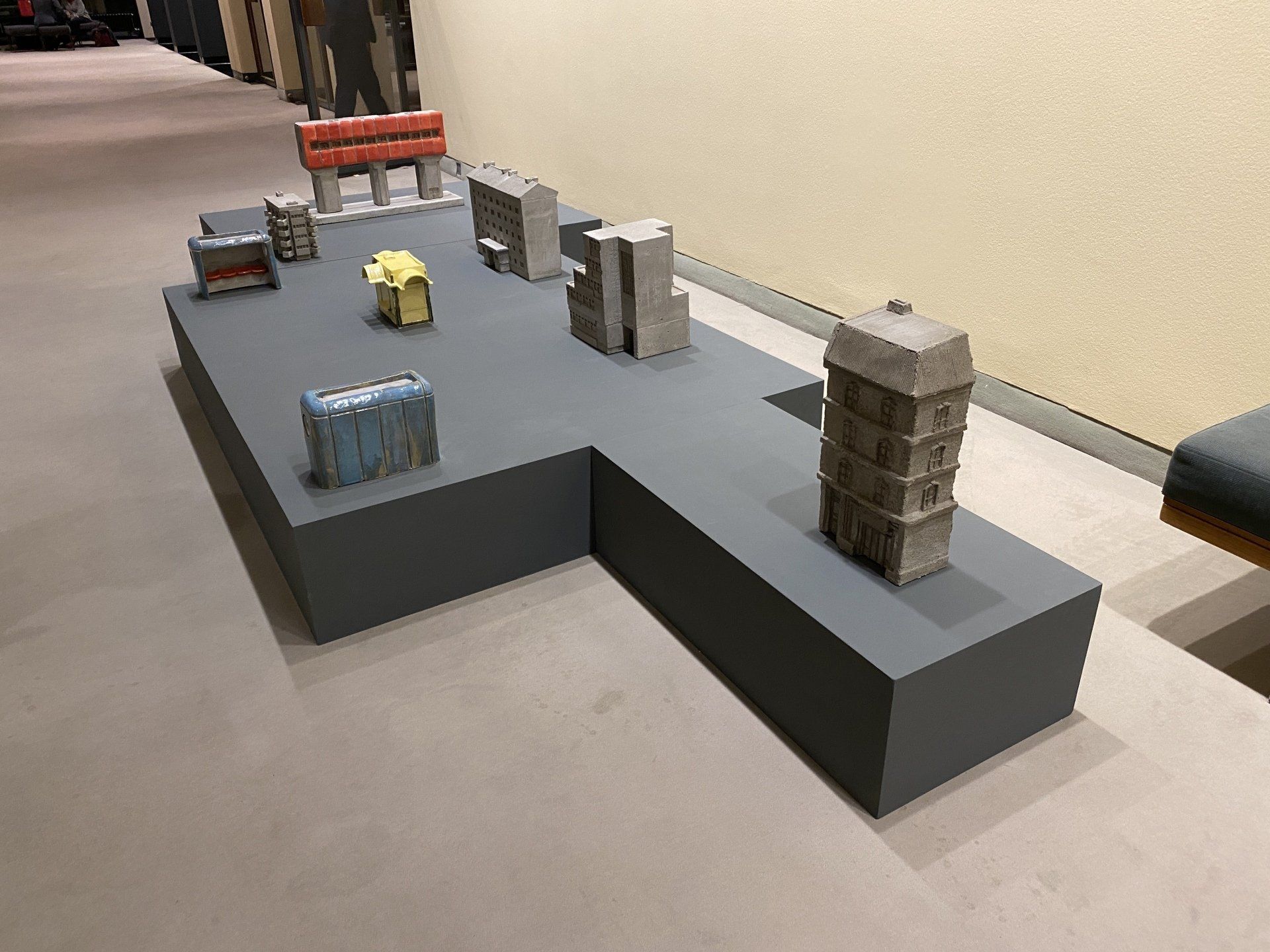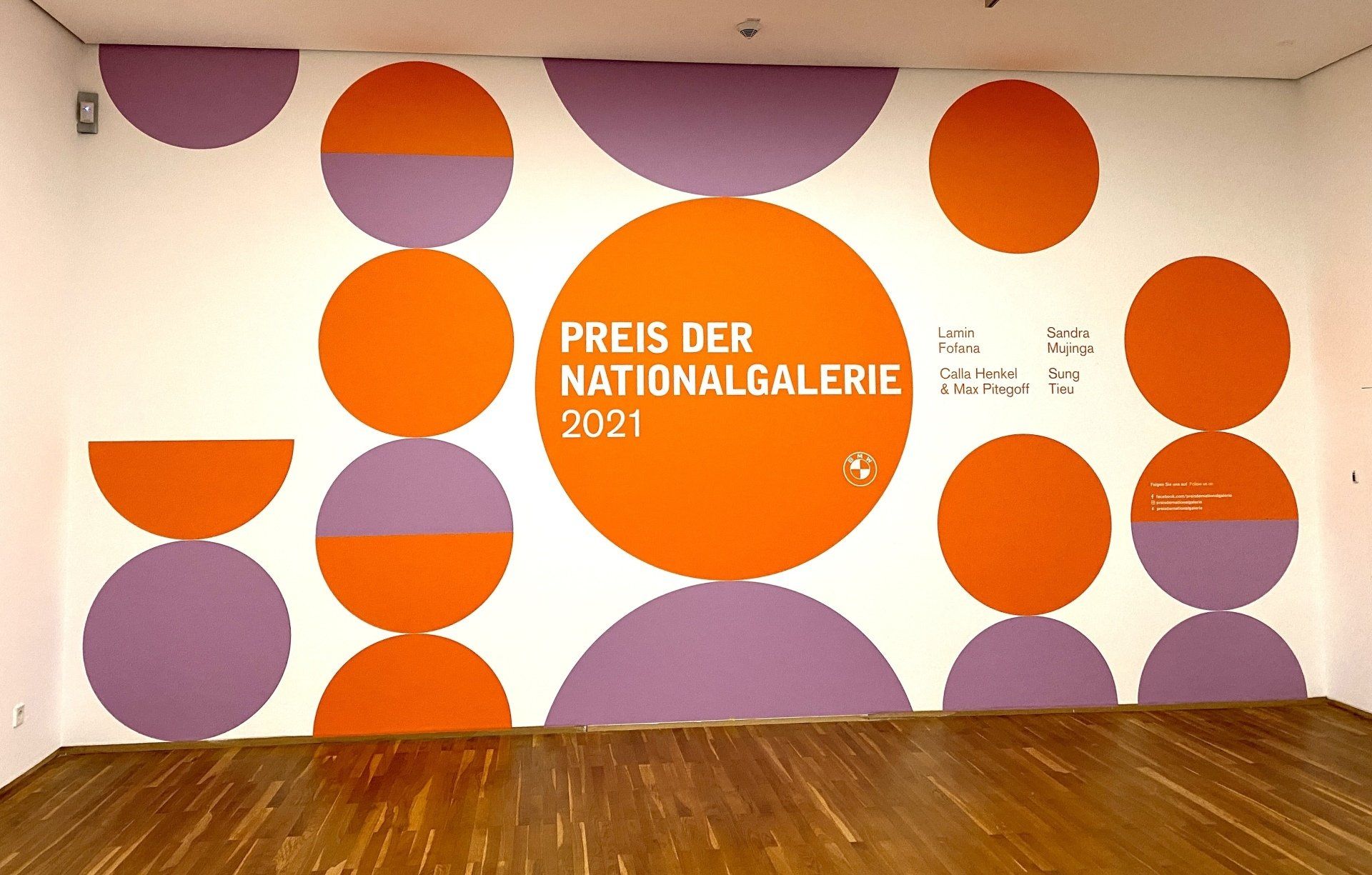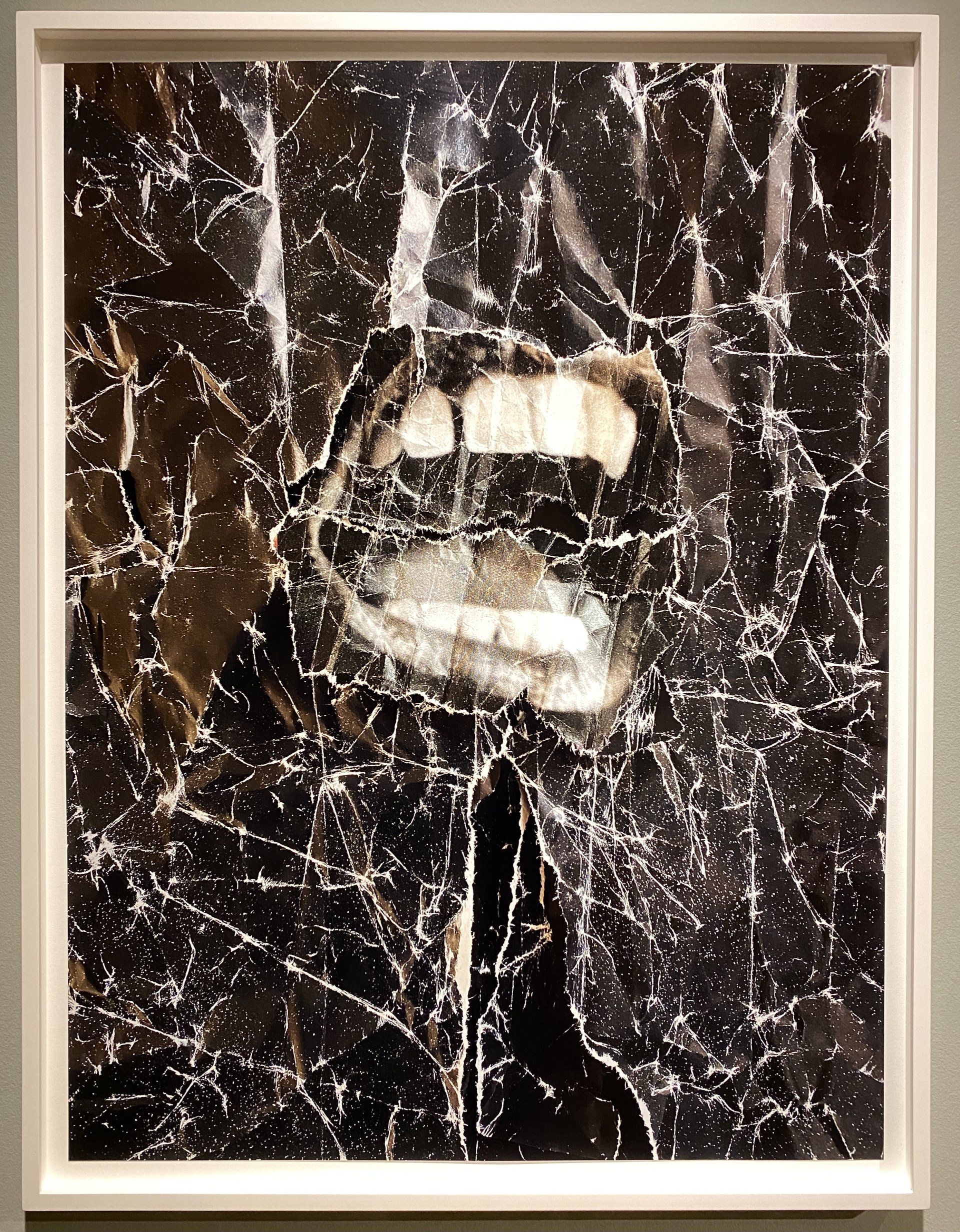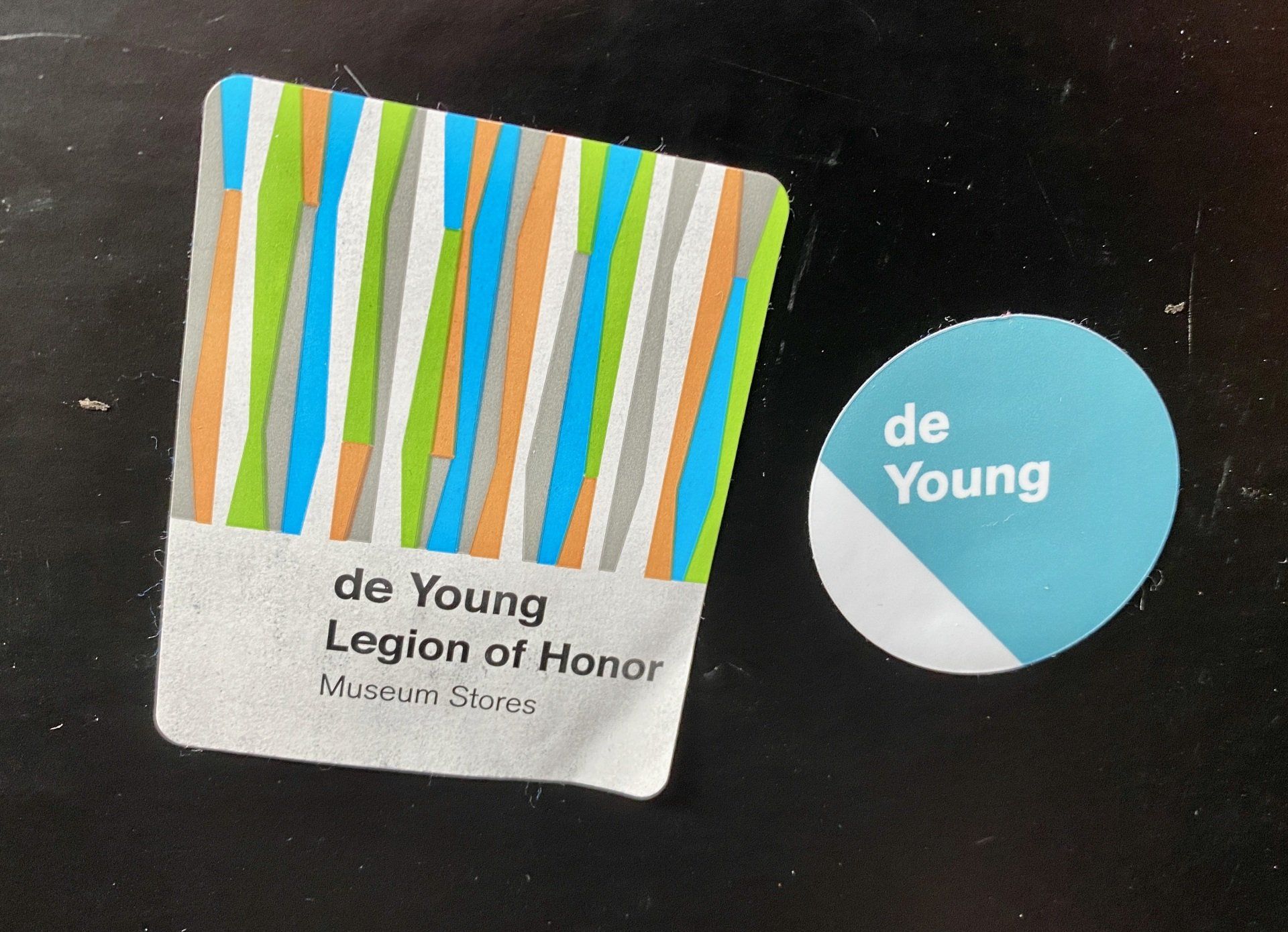Artists voice concern over global crises
Here are some of my favorite pieces at the “Our Precious Planet” show at Santa Rosa Arts Center (through August 28, 2021).
“Untitled - Self-Explanatory” (above) by Sharona ChaCha Tracy is an exuberant pile-on of trash-to-go in a shopping basket. This piece feels like an honest and genuine expression that is not over-thought. The end result communicates the passion and spontaneity that was the impetus for this sculpture. The piece is engaging, and ends up twisting the viewer around by addressing a serious global problem (consumerism and the disposal of garbage), but presenting the topic in a playful, tongue in cheek manner. This is a piece you can keep coming back to - maybe to find some of your own garbage!
“Sky Dance 1, 2 & 3” by me. These paintings were inspired by low, fast-moving clouds. I almost feel this piece should be a video, since the clouds were changing shape so quickly and beautifully. The sky serves as a fragile and protective envelope for the earth, as well as displaying ever-changing scenes of beauty and force.
“The West
I” and “The West II” by Lois Goff powerfully portray terrifying and all too familiar fire scenes in these small scenic paintings with a 19th century feel. These are expertly done. The subject matter is timely, yet these pieces are so good that they will still be relevant generations from now. These are in the same league as work by contemporary Los Angeles artist Sandow Birk. Birk’s art is mostly on an epic scale, whereas these small paintings by Goff are personal and intimate. I love these two paintings!
“Fire Watch” by Lorna Ho succeeds as an abstract arrangement of shapes, color, and calligraphic marks. It also carries with it a sense of humor - anything titled “Fire Watch,” especially in California, is deadly serious; however the piece has a William Wiley, California-funk playfulness. I like the David Park “chunkiness” of this wonderful painting.
Best of show: Chris Beards’ “Spoiled,” a bird of paradise blossom that has been “preserved” in packing tape. Beards has done it again: transforming, rearranging, and altering objects to communicate ideas he is passionate about - and convincing us to take a look at what's going on around us. This piece can be experienced on a number of levels, including addressing our global crisis to contemplating our own mortality. The piece started out with a fresh bird of paradise cutting, which has faded into neutral tans and grays. The piece will continue to change over time, demonstrating the transformation that happens to every living thing. The plastic encasement is both the enemy and antithesis of the flower, and at the same time, it is the method of presentation and display. Like the Egyptian mummies, this piece is beautiful and a little spooky. Many layers to this very successful piece.
Santa Rosa Arts Center is located at 312 South A Street in Santa Rosa, California.
Hours: Thursday, 12-2pm., Friday and Saturday, 11am-2pm, and Sunday 11am-3pm.

